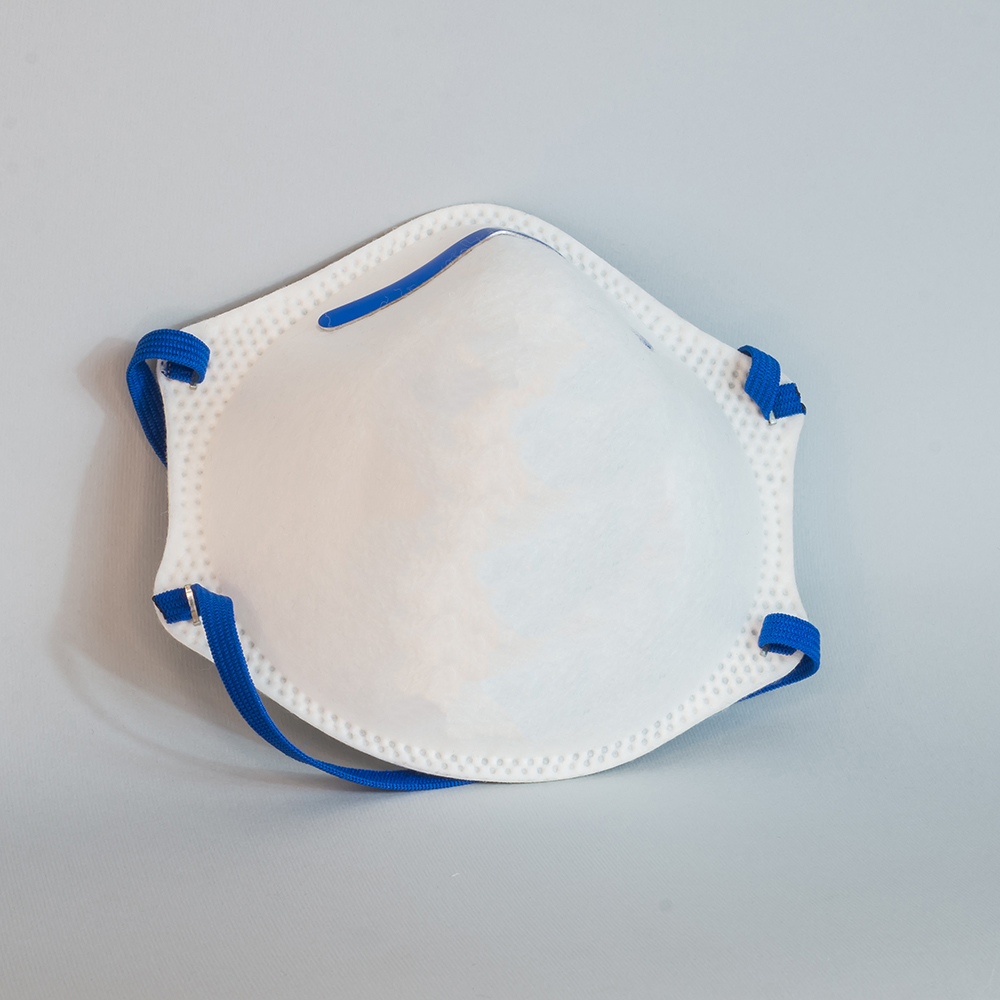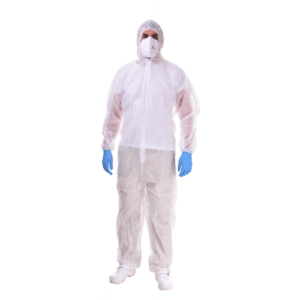Face masks protect your respiratory pathways from potential infectious agents, as well as protect the people around you if you are the one with an infection. Face masks are considered an important part of PPE, since they help reduce disease transmission. If a person is infected and shows symptoms of COVID-19 the respiratory droplets, which are inevitably spread while they cough, sneeze, or talk, end up being inhaled by a healthy person while in the air, on objects, or surfaces. A healthy person comes into contact with the contaminated air, objects, surfaces, and touches their respiratory pathways which is how they too become infected.





